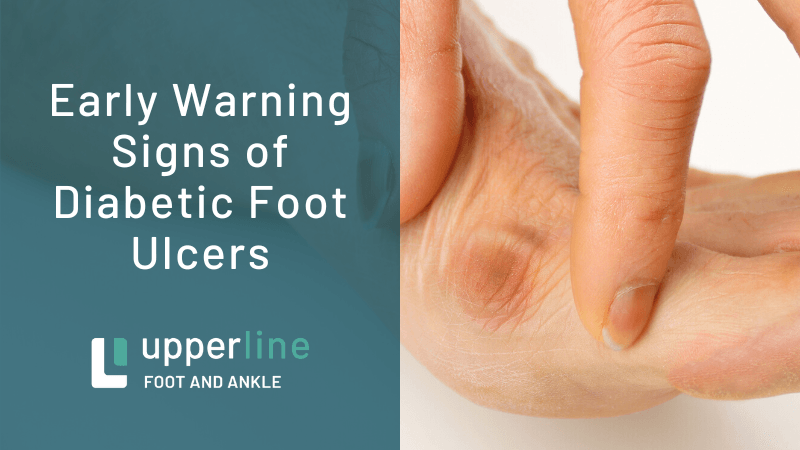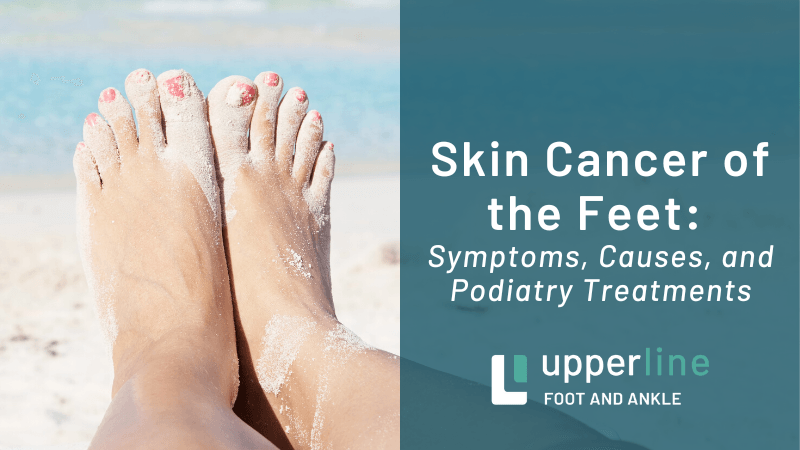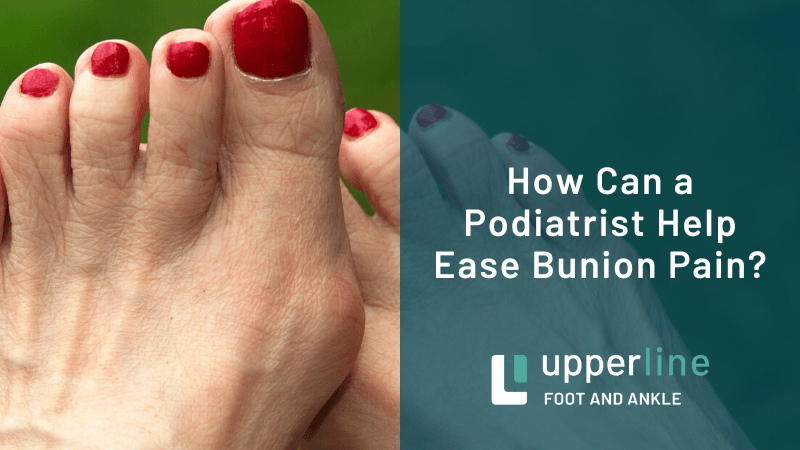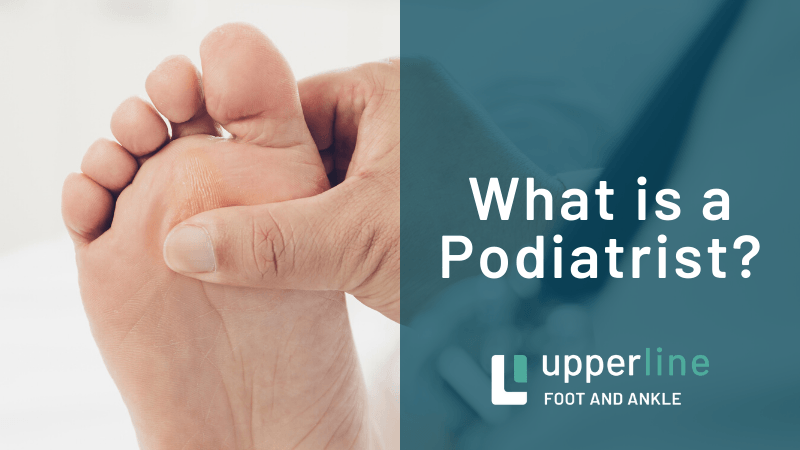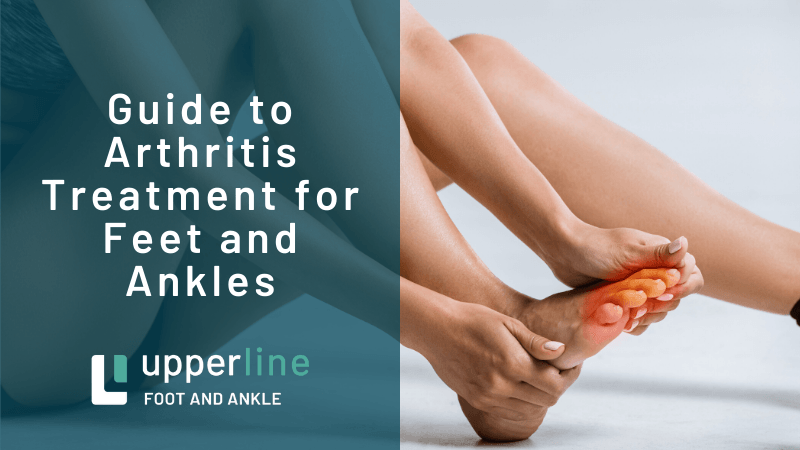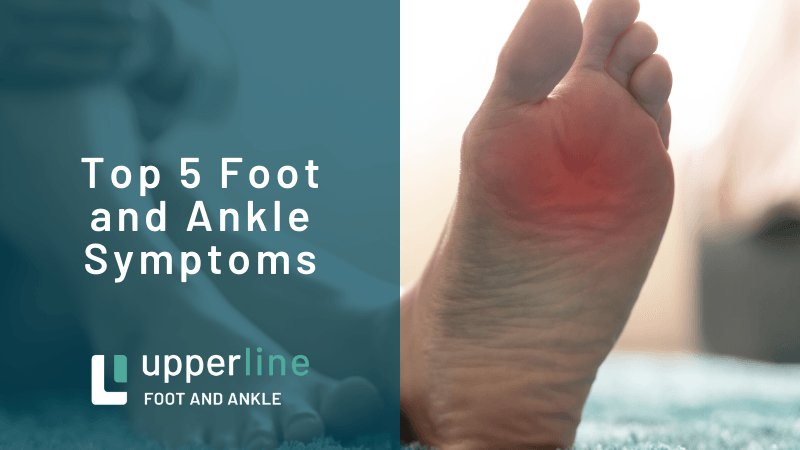Skin and Nail Care
Are you too shy to show off your feet? Do you wear closed-toed shoes year-round to hide embarrassing skin and nail problems?
No more!
If you’re embarrassed about the skin on your feet and your toenails, it might be time to come visit one of our Florida offices. We know that nail and skin problems are more than just unbecoming – these problems may also be the sign of a more serious health problem.
Though most of us know to avoid foot injuries like sprains or fractures, sometimes we forget that the well-being of our skin and nails is just as important for our overall foot health. Indeed, many skin conditions can plague our lower limbs – things like toenail fungus, ingrown nails, and athlete’s foot are some of the most common problems seen at our offices.
And despite the fact that nails and skin are at surface level and easily visible, these issues are certainly not all superficial in nature – there are certainly many foot and ankle conditions that can affect functionality, especially issues experienced by bones, muscles, and the connective tissues.
But the good news is that our team of experts at Advanced Foot & Ankle Associates of Florida provide effective care for a variety of common nail and skin conditions to not only help your feet look great but also relieve painful and concerning symptoms.
Common Skin and Nail Conditions
The truth is that our skin and toenails are subjected to quite a bit of abuse on a daily basis – from the rubbing of your shoes to the dirt and dust they might walk on indoors and outdoors, there are many conditions that may cause harm to your feet.
Some of the most common toenail conditions include:
- Ingrown toenails . This is a rather common issue that develops either when toes are jammed together in the front of shoes that are too tight or when the toenail is not trimmed properly and grows into the side of the skin flanking it. They can also happen on account of physical trauma or even an inherited nail structure, like naturally curved nails.
The main symptoms are pain, tenderness, redness, and swelling along the edge of a nail. Forms of treatment may include reshaping of the toenail and addressing the sore part of your toe with topical or oral medications.
- Toenail fungus . This condition happens when fungi becomes embedded underneath the tip of the nail, causing pain and even spreading to neighboring toes. Fungal nails are embarrassing and can potentially pose an enormous risk to those of you living with diabetes.
When you find nails that are discolored, brittle, and ragged, you may have a fungal infection and will require treatment – the condition will not go away on its own. Forms of treatment include at-home preventative methods, laser therapy, and oral or topical medications.
- Athlete’s foot . In spite of the name, this common infection is not one that only athletes develop – anyone who visits damp, humid environments, like gym showers, locker rooms and pool decks, or wears footwear that traps moisture inside could be at risk. These environments are rich with fungi and bacteria.
This type of infection may begin with signs of itching and burning sensations. Thankfully, treatment is often successful with over-the-counter antifungal products and some modifications in foot care habits.
- Plantar warts . Warts are rather commonplace, but their origins can sometimes be a mystery. They are actually the result of a viral infection from the human papillomavirus (HPV). The viral growths are not dangerous, but can cause physical discomfort and embarrassment. Not to mention that, over time, warts can easily spread and grow.
Plantar warts look very similar to calluses – they often resemble a rough, fleshy growth. Treatments methods are fairly easy – we might use freezing agents on the wart itself or perform minor surgery. Painless laser therapy is also an option.
- Dry skin. Skin that is damp or moist can increase the likelihood of fungal or bacterial infections, but excessive dryness is also a problem to avoid. Cracks and fissures from overly dry skin can allow microorganisms to enter the body and cause problems.
In this case, the symptoms are pretty obvious – look for dry skin that is cracking, flaking, or developing fissures. This condition can be easily treated with some changes in foot care habits and with the use of topical products, like moisturizing creams.
- Corns and calluses . Anytime there is friction from walking or running in your shoes, you are at risk of developing corns and calluses. Your feet will develop these hardened areas of skin to protect them from damage, such as ulcers, scratches, or blisters. Without treatment, your calluses and corns could become painful or lead to a burning sensation.
Note that you should never try to remove corns or calluses on your own as this could cause infection or more pain. Instead, come visit our office for professional treatment – simple changes in footwear and topical creams can easily eradicate the condition.
The truth is that this list can go on to include even more possible issues. And even though skin and nail problems are significantly common and easy to develop, there are definitely measures you can take in order to prevent these from becoming a reality in your life.
So let’s touch on that subject real quick.
Prevent Skin and Nail Conditions
The first step to preventing skin and nail problems is to start paying closer attention to your feet. Here are some tips for you to keep in mind when caring for your skin and nails:
- Check your feet every day. This is especially true if you are living with diabetes. Look for changes in the texture and color of your feet and toenails.
- Practice good foot hygiene. Wash your feet on a daily basis and make sure you dry them thoroughly after you are done, paying special attention to the areas between your toes.
- Moisturize your feet. To reduce your risk of developing dry, cracked skin you should hydrate the skin in your feet after every wash. But keep in mind that you should avoid the areas between your toes.
- Wear appropriate footwear . When you buy new shoes, make sure that they have plenty of room for your toes to move freely and that they provide enough support and cushion. Also, it’s worth sticking more closely to models made out of materials that allow your feet to breathe.
- Trim your toenails the right way. Make sure you clip your nails straight across and keep them roughly even with the edge of the respective toes.
- Alternate between shoes. You should give your footwear time to dry out completely before you wear them again.
- Avoid socks with tight elastic at the top or ridges. Doing so will hinder healthy blood flow from going through your feet – which is an especially important consideration for individuals who are diabetic!
And, of course, you should always seek medical care whenever you become aware of anything unusual – early intervention is best for optimal recovery.
Expert Skin and Nail Health at Foot & Ankle Associates of Florida
You don’t have to live with embarrassing blemishes or painful nail problems on your feet and ankles. Keep them healthy and regain pride in your feet with care from Foot & Ankle Associates of Florida. If you have developed any condition that is affecting the health of your toenails or skin on your feet, we are ready to help.
Schedule an Appointment
Upperline Health has locations across Florida ready to care for your lower extremity needs.

Upperline Health Florida provides the highest quality integrated lower extremity care to patients in need through a skilled and compassionate team. We strive to deliver care in a consistent and high-quality manner.
Navigation


